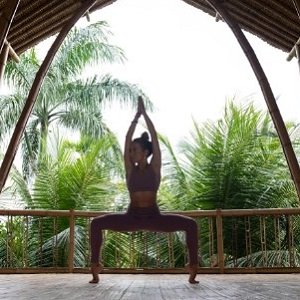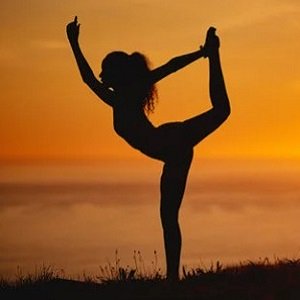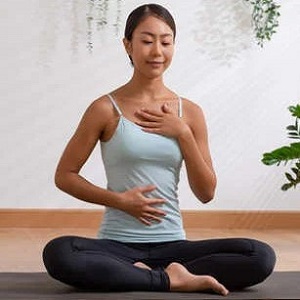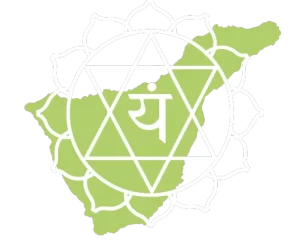What Are Hatha and Vinyasa Yoga?
Learn The Difference Between Hatha, Ashtanga & Vinyasa Yoga
Become A Yoga Teacher At The Best Yoga Teacher Training Centres in Tenerife & Bali
 During our yoga teacher training courses, students learn a huge amount about yoga teaching techniques. You will train, practice and teach these techniques of traditional yoga practices. Below we give you a little insight into the key areas we will be covering. You will go into much more depth and detail at our yoga teacher training centres in Bali and Tenerife which focus on Hatha and Ashtanga Yoga practices.
During our yoga teacher training courses, students learn a huge amount about yoga teaching techniques. You will train, practice and teach these techniques of traditional yoga practices. Below we give you a little insight into the key areas we will be covering. You will go into much more depth and detail at our yoga teacher training centres in Bali and Tenerife which focus on Hatha and Ashtanga Yoga practices.
Hatha Yoga - focuses on posture and breathing techniques. Hatha represents the two natural forces of solar & lunar in the human body. Yoga aims at balancing these forces. We will help you to understand the patterns of movements and to correct imbalances in muscular actions of flexion and extensions. Holding the asanas (yoga poses) gives you time to feel deeper in your body so you can guide your efforts in creating a fine balance.
Our breath becomes the bridge in this process. Breath helps in guiding the awareness into the target body part and then with the Prana we can let the healing take place and transform collectively.
Ashtanga Yoga - is a dynamic and physically demanding form of yoga that follows a specific sequence of postures called asanas. It was developed and popularized by Sri K. Pattabhi Jois in the 20th century.
The practice of Ashtanga yoga involves synchronizing movement with breath (known as vinyasa) while moving through a series of poses. The sequence is typically the same each time, and it is typically practiced as a vigorous and flowing sequence.
 Vinyasa Yoga - is similar to Ashtanga Yoga with its emphasis on breathing and transitioning from one posture to another. It differs in that it does not have a set sequence of poses so you can change your postures. Unlike other forms of yoga that may hold poses for longer periods, vinyasa yoga typically involves more movement and a faster pace.
Vinyasa Yoga - is similar to Ashtanga Yoga with its emphasis on breathing and transitioning from one posture to another. It differs in that it does not have a set sequence of poses so you can change your postures. Unlike other forms of yoga that may hold poses for longer periods, vinyasa yoga typically involves more movement and a faster pace.
Asana - or yoga poses - gently encourage us to become more aware of our body, mind, and environment. As well as encouraging stretching and increasing flexibility, asana poses open the energy channels, chakras and psychic centres of the body. This practice can strengthen bones and stimulate the circulatory and immune systems, aid physical and mental health, and improve concentration and meditation.
Pranayama - or breathing techniques - will focus your mind and give you a greater connection to your body, helping you with asana as well as handling the stresses of daily life. There are many different breathing exercises which were developed by the ancient yogis to aid purification, provide mental focus, and to rejuvenate and heal. Breathing is slow and steady, with deep breaths in and out of the nose and down into the belly.
Shatkarmas - or cleansing techniques - are purification techniques designed to prepare the body and mind for the higher practices of asana, pranayama, and meditation. There are six techniques for cleansing different parts of the body.
Bandhas - or locking of energy - temporarily locks the energy flow in and to specific parts of the body. When you release the lock, the energy will flow more vigorously through the body to promote overall health and vitality.
 Mudras - or channelling of energy - involve the use of hand gestures during meditation and pranayama to help us channel the body's energy flow. Mudras also symbolise various emotions and states of being.
Mudras - or channelling of energy - involve the use of hand gestures during meditation and pranayama to help us channel the body's energy flow. Mudras also symbolise various emotions and states of being.
Meditation - learn how to meditate to reach a sense of heightened awareness, becoming more aware of your surroundings, and of your own thoughts and feelings.
Acroyoga - build strength, flexibility, and balance with acroyoga which mixes playful, powerful and technical acrobatic skills with the healing qualities of massage and yoga poses.
Mantras and chanting - are an important part of yogic practice. Learn how to cite the sacred words out loud or silently to calm the mind, promote feelings of peace, and enforce a belief in yourself and the world around you.

